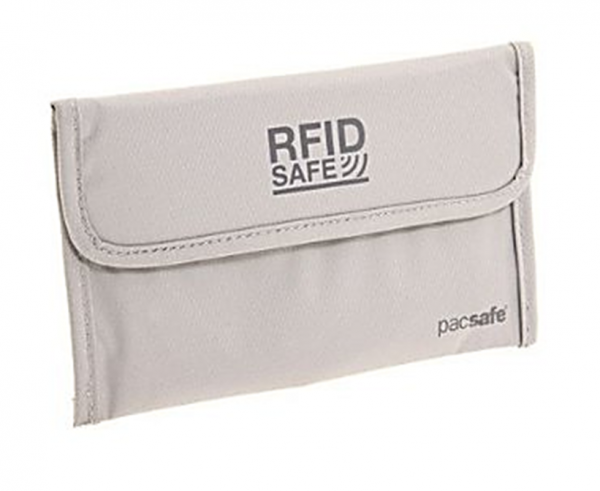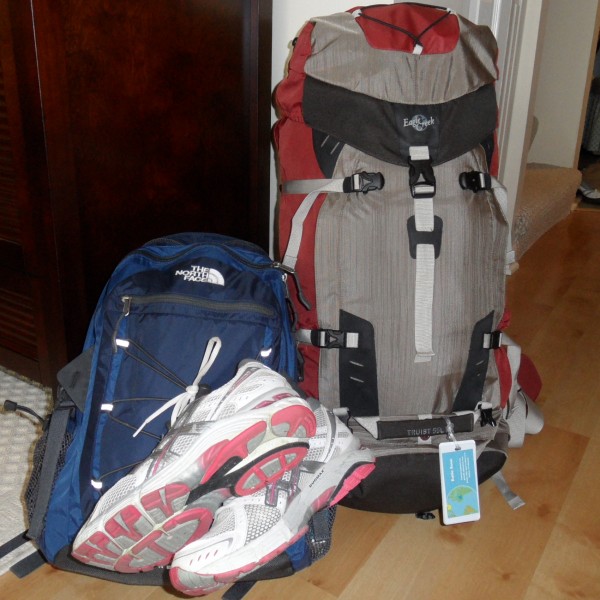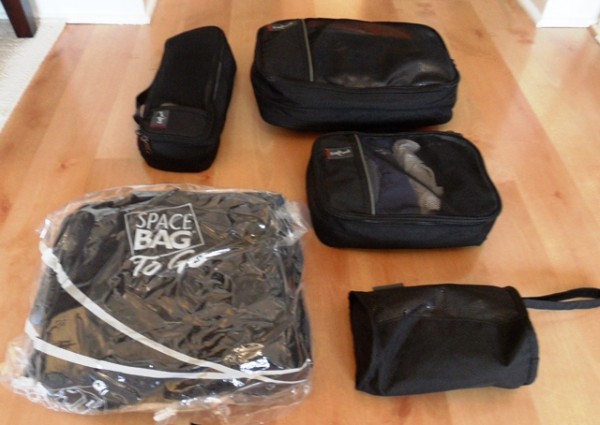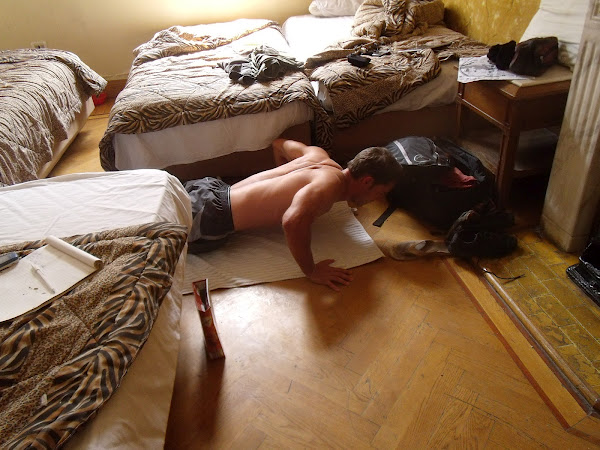Preparing to take a career break to travel can be daunting: travel insurance, immunizations, buying the right gear – and of course, making the decision to go in the first place. In 2012, several current and future career-breakers shared their advice on preparing to hit the road.
Travel Gear Tips from a ‘Gearologist’
 Jannell Howell recently returned from an around-the-world journey that took her through many countries including Thailand, India, Jordan, and Europe. Before she left, she discovered a love of researching travel-related gear and services and shared some of her favorite finds with us.
Jannell Howell recently returned from an around-the-world journey that took her through many countries including Thailand, India, Jordan, and Europe. Before she left, she discovered a love of researching travel-related gear and services and shared some of her favorite finds with us.
While going through Meet, Plan, Go!’s Career Break Basic Training, I was introduced to some pretty incredible services and gear that I didn’t know existed. In the process of learning more about these newfound products, I found that I REALLY enjoyed the research. I have since completed the Basic Training course, but have continued to explore new items and I look forward to further study which, I admit, borders on obsession . . . perhaps I’ve become a travel gear-ologist? Continue…
Travel Insurance Terms You Need to Know
Travel insurance can be confusing. Our sponsor, Insure My Trip, provided this great glossary of travel insurance terms that you need to know as you figure out what insurance plan is right for you.
One of the biggest questions facing you as you prepare for a career break can be how to handle travel insurance for your trip. While it may not be fun to think about, it shouldn’t be left off of your travel to-do list.
Sometimes, understanding travel insurance jargon is like learning a foreign language, a little overwhelming and occasionally confusing. But you don’t have to take a class to become a proficient and confident travel insurance consumer. Simply use this ‘cheat sheet’ of fundamental insurance terms from InsureMyTrip.com and you’ll be on your way to speaking fluently. Continue…
10 Steps to Knowing What Travel Immunizations You Need
 Mike Watkins and Akiko Kubo decided to “cash-in” on their dreams of taking a career break to travel around the globe after seeing close friends’ and family’s lives end too soon. They wrote this guest post to share what they learned after spending countless hours figuring out what travel immunizations they needed prior to their trip.
Mike Watkins and Akiko Kubo decided to “cash-in” on their dreams of taking a career break to travel around the globe after seeing close friends’ and family’s lives end too soon. They wrote this guest post to share what they learned after spending countless hours figuring out what travel immunizations they needed prior to their trip.
A major consideration when planning a career break or other extended travel through multiple countries is getting the appropriate vaccinations and pills. Not only is maintaining your health one of the most important elements while abroad, but some countries require certain vaccinations in order to qualify for an entry visa. The problem is, when we started researching the requirements, we were easily lost in a myriad of information which was sometimes contradictory. Here, we share our 10 steps to a better immunization experience! Continue…
The ABCs of Travel Planning
 Sarah Schauer began her career break in June 2012 with a domestic seasonal opportunity before heading to Europe, Africa, South America, and New Zealand. She put together a great list of resources to use when you start planning your own career break.
Sarah Schauer began her career break in June 2012 with a domestic seasonal opportunity before heading to Europe, Africa, South America, and New Zealand. She put together a great list of resources to use when you start planning your own career break.
Like many career-breakers, I spent 8 years paying my dues in Corporate America. And while I’m probably one of the few who can truly say that I loved my job, I dreamed of something more. After months of thinking, researching, and intensely detailed planning, I was ready to embark on my new “adventure career,” in pursuit of extended around-the-world travels with a purpose.
Following countless hours of research for my own travels, I compiled this A-B-C list of travel-related websites, specifically geared towards long-term international travel. Whether you plan to go to one country for one week or 20 countries for 6 months, these resources will get you going. Continue…
The Only Way Out is to Jump
 Mike Shubbuck and his better half, Tara, left on a round-the-world trip on June 6, 2012. He wrote this guest post comparing making the leap to travel the world to jumping out of an airplane.
Mike Shubbuck and his better half, Tara, left on a round-the-world trip on June 6, 2012. He wrote this guest post comparing making the leap to travel the world to jumping out of an airplane.
My first time skydiving was about on par with the stress level I have been experiencing with the planning and everything else associated with our round-the-world trip. It is bizarre to think that jumping out of a plane could be as frightening as stepping onto one bound for Iceland, but right now, I keep finding myself covered in a cold sweat, hoping that we will be okay.
It is not as though Tara and I have not done a good job researching and planning this trip. Most of our blog posts so far have detailed the deadlines and goals we have had, and met. However, there is still so much uncertainty that we simply cannot plan for. Uncertainty swirling around elements of the trip, our pre-departure, our return, how it will affect us individually, as a couple. These variables prevent us from making decisions, and as someone who likes to attack problems early and head-on, this fills me with worry. Continue…






 Jannell Howell is a lover of travel, habitual blogger, social media devotee and wannabe nomad who just finished an around-the-world journey that took her through parts of Thailand, Cambodia, Nepal, India, England, Italy and Spain. She classifies herself as a ‘flashpacker’ who enjoys staying in one destination long enough to experience a taste of local life.mWhile preparing for her own extended travels, she became a self-confessed ‘gear-ologist’ through (almost obsessive) study of travel-related gear & services. Jannell shares her journey and gearology finds on her blog,
Jannell Howell is a lover of travel, habitual blogger, social media devotee and wannabe nomad who just finished an around-the-world journey that took her through parts of Thailand, Cambodia, Nepal, India, England, Italy and Spain. She classifies herself as a ‘flashpacker’ who enjoys staying in one destination long enough to experience a taste of local life.mWhile preparing for her own extended travels, she became a self-confessed ‘gear-ologist’ through (almost obsessive) study of travel-related gear & services. Jannell shares her journey and gearology finds on her blog,  If you are just starting to think about taking a career break, you may not even be thinking yet about what to pack. But the time will come when that is priority – and struggle – number one. Here are some of our best tips to pack for your career break travels.
If you are just starting to think about taking a career break, you may not even be thinking yet about what to pack. But the time will come when that is priority – and struggle – number one. Here are some of our best tips to pack for your career break travels.
 We are excited to have Evelyn Hannon giving the keynote speech at Meet, Plan, Go! in Toronto on October 16. Evelyn was the first Canadian to look at travel strictly from a woman’s point of view. Since 1994 her mandate has been to inspire females worldwide to travel safely and well. Her award-winning website,
We are excited to have Evelyn Hannon giving the keynote speech at Meet, Plan, Go! in Toronto on October 16. Evelyn was the first Canadian to look at travel strictly from a woman’s point of view. Since 1994 her mandate has been to inspire females worldwide to travel safely and well. Her award-winning website, 




 Five years out of college, Matt Sussman could no longer ignore his constant itch to travel. Leaving his stressful financial job in New York behind, he is following his dream of traveling the world. Meandering solo since July, Matt loves exploring new cultures and meeting new people all the while continuing to find time to exercise. You can read about his adventures and follow his workout routines at
Five years out of college, Matt Sussman could no longer ignore his constant itch to travel. Leaving his stressful financial job in New York behind, he is following his dream of traveling the world. Meandering solo since July, Matt loves exploring new cultures and meeting new people all the while continuing to find time to exercise. You can read about his adventures and follow his workout routines at 





